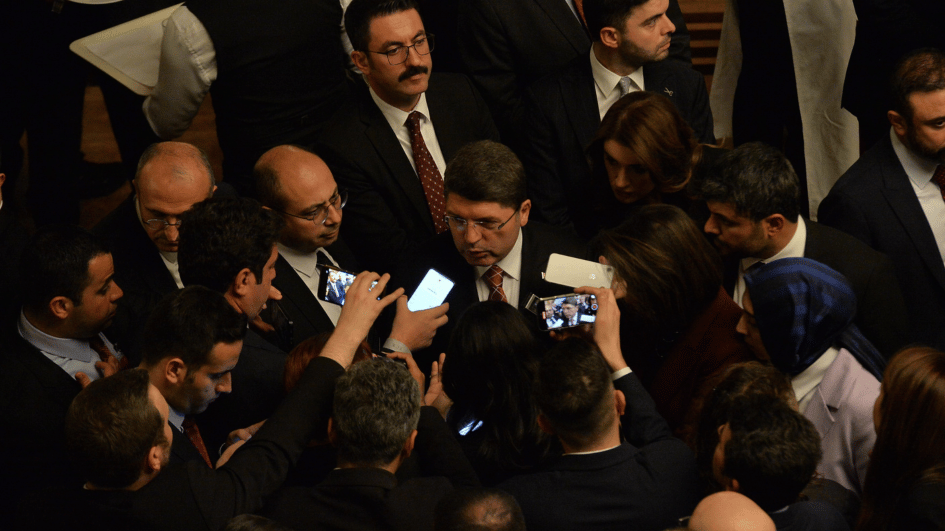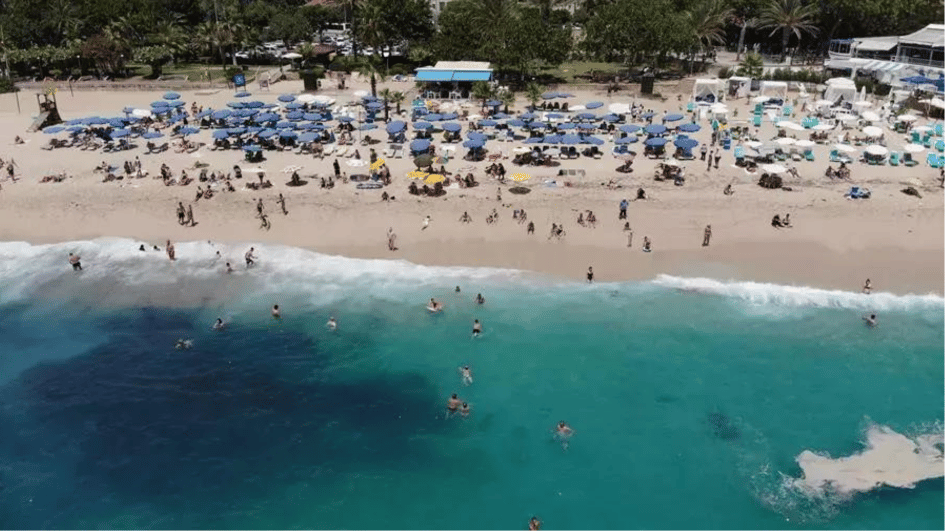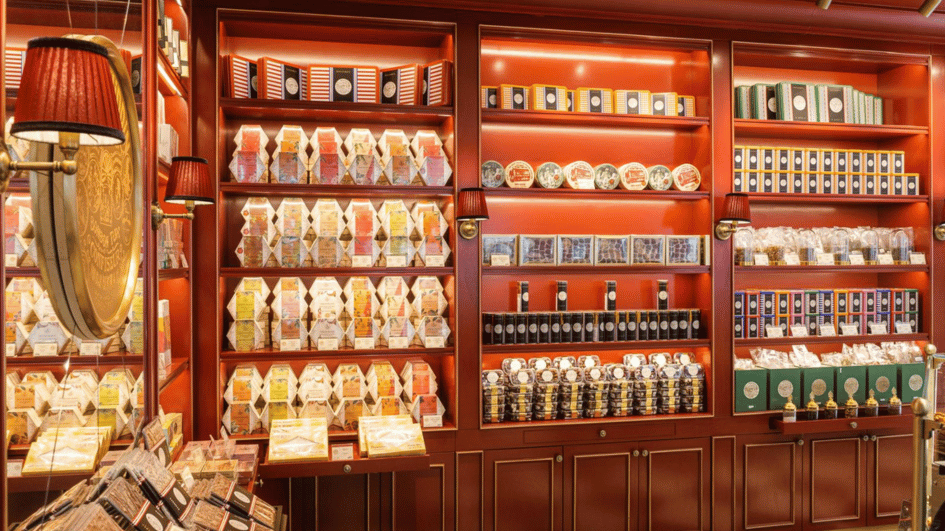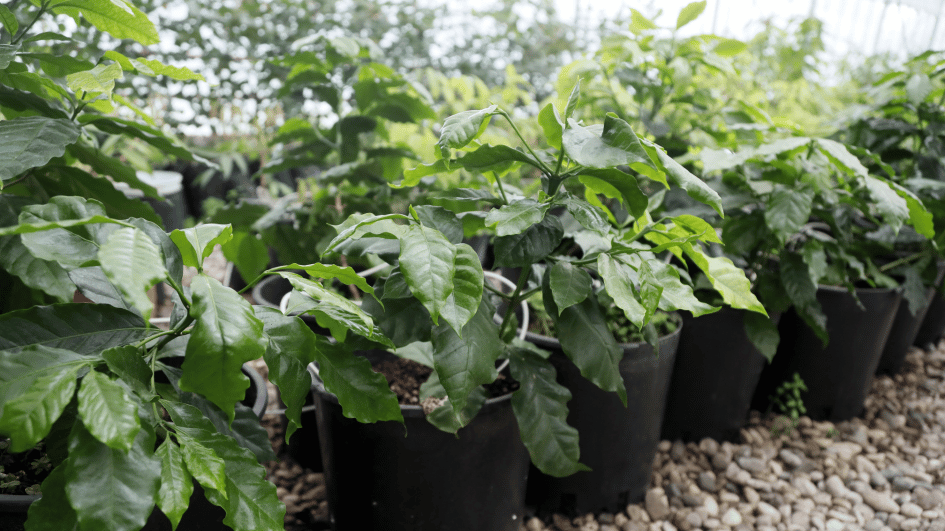Four women artists question the world at SALT exhibition
Hatice Utkan Özden
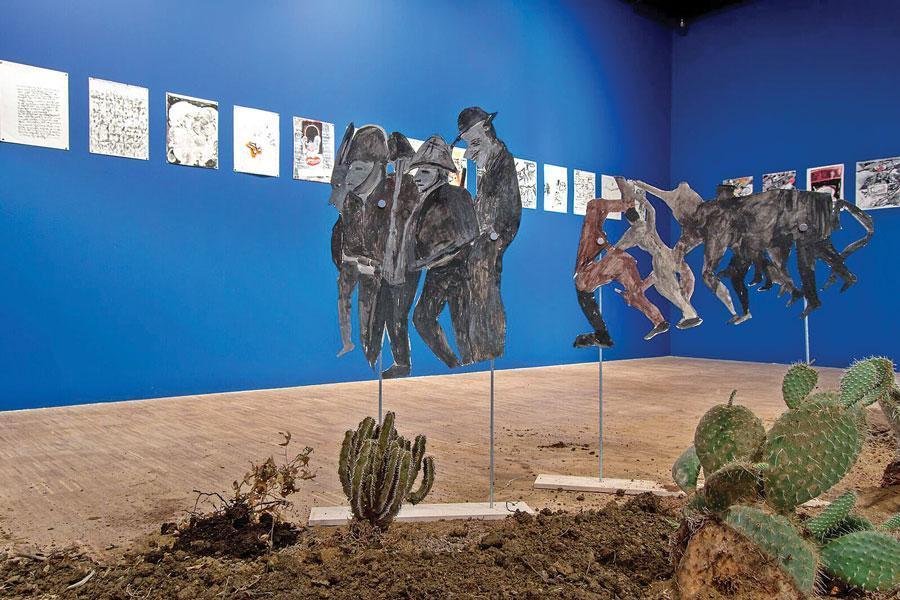
SALT Beyoğlu’s new exhibition “Flickering Lights” gathers four women artists who aim to question how we perceive the world around us.
In the exhibition, one can examine how language and history can change the way we experience the space around us. The curator of the exhibition, Annie Fletcher, says the works almost “occupy the building of SALT.” In a way, this exhibition opens a new way of understanding what we see or how we perceive information within our environment.
Each work stands as a poetic way of occupying space. Artists Anna Boghiguian, Rana Hamadeh, Navine G. Khan-Dossos, and Merve Ünsal use the perception of “present” and how that moment can change the things that we perceive and see. On the one hand, we get to question ourselves: Is everything we see consisting of reality, or is it just the way we understand and perceive things.

The name of the exhibition comes from a chapter of Cixin Liu’s science fiction novel’s English edition “The Three-Body Problem” (2014). “The Universe Flickers” takes on the idea of reconfiguration of history and future. The story is about a protagonist seeing a set of numbers counting down before his eyes, proving that the universe was flickering. He transcends the limits of human experience and tests his understandings of the world.
In this sense, the four women artists look at how our knowledge, history, and perception of the moment can affect what we experience in the present. On the other hand, we can say that women artists are doing this from a brilliant point of view as they scrutinize each noise, research every piece of information, see and observe each image. Nothing is left loose in the exhibition, and everything connects; it almost becomes just one work in one whole building.
The exhibition’s aim is to take the SALT Beyoğlu building as its departure point. The artists’ practices are mainly influenced by the intellectual and critical impulses of feminism and queer theory, trouble the capacities and the limits of political representation.
Maybe the attempt of the curator is not showing us how women artists can occupy a building. But as the viewer wanders between floors, it appears that seeing the works become understanding works and finally the viewer becomes a part of the exhibition with all the sound, noise, image that surrounds her. In a way, the exhibition turns out to be a meditative process in the present.
Each floor belongs to an artist
Every floor of the building has been allocated for a different work. At the top floor is Hamadeh’s work, part of a long-term operatic project, which investigates the notion of testimonials in an attempt to disrupt the centrality of citizenship. Boghiguian’s drawings and paintings operate as reflections on the geopolitical conditions in which her subjects live.
On the other hand, Khan-Dossos relates her work to the 150-year-long histories of the Siniossoglou Apartment, today SALT Beyoğlu, by a mural painting and helps us remember the building’s original use of space as retail on the street level and domestic residences on its upper floors. Ünsal, on the other hand, negotiates the thresholds of dwellings through positioning them in stark dualities, always concerning herself as an aural and visual voyeur. By creating protagonists of architectural buildings, human subjects become occupiers, while the artist extrapolates on that position of being “inside,” literally and metaphorically.
The exhibition continues until Dec. 30.


